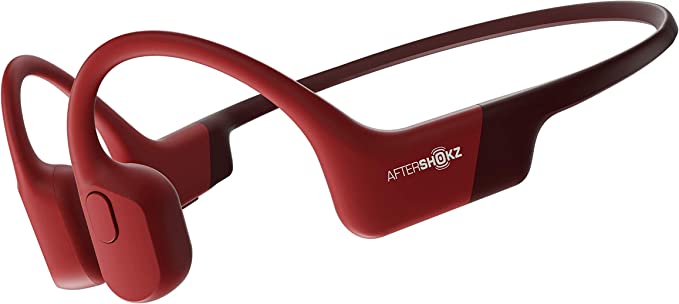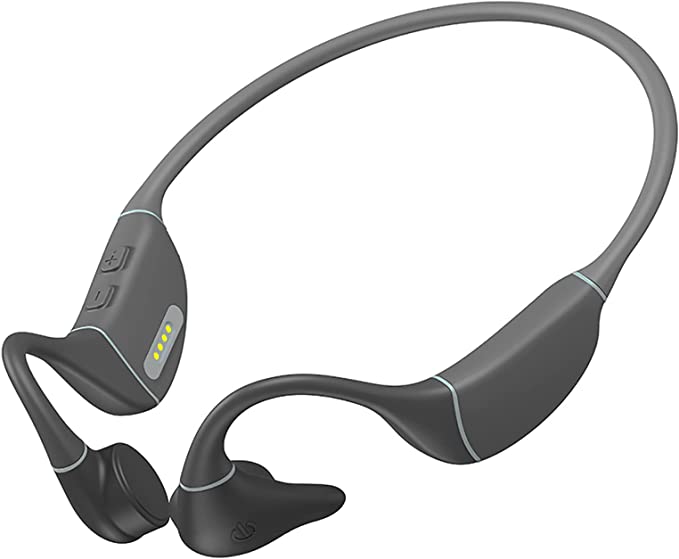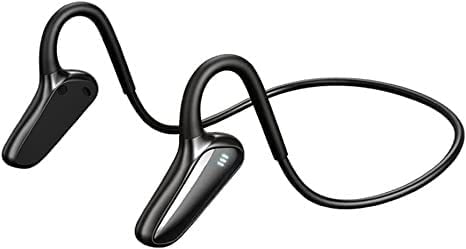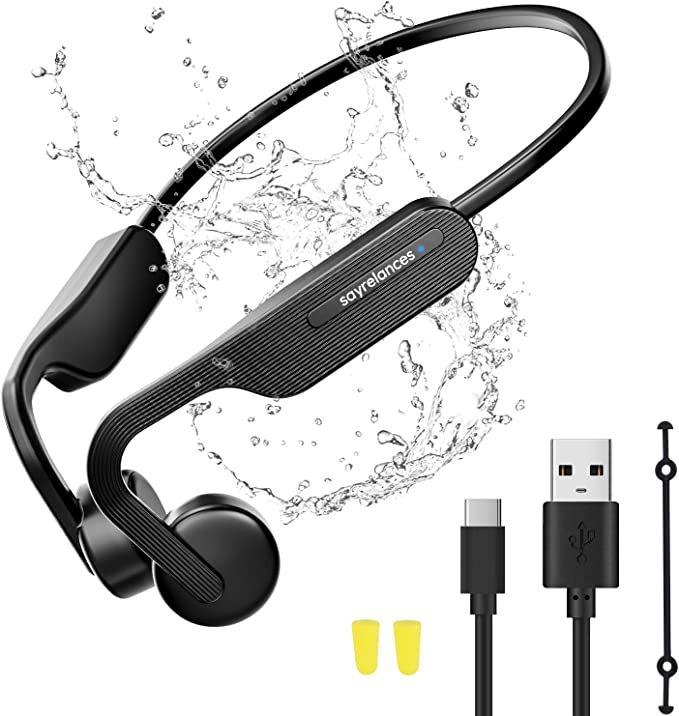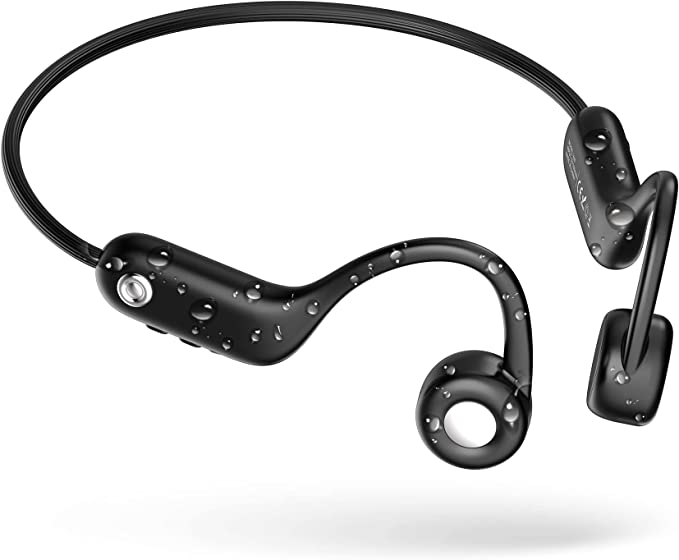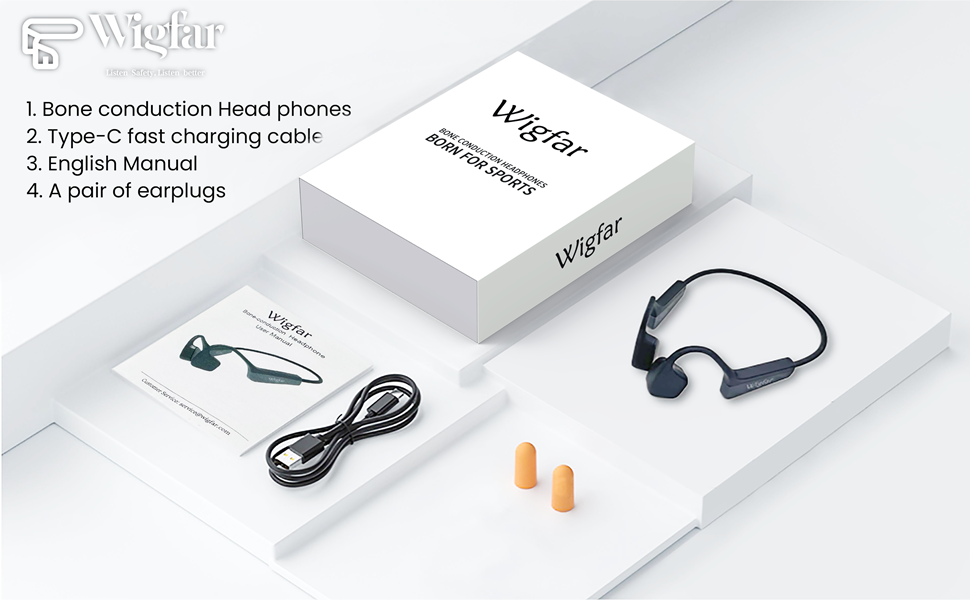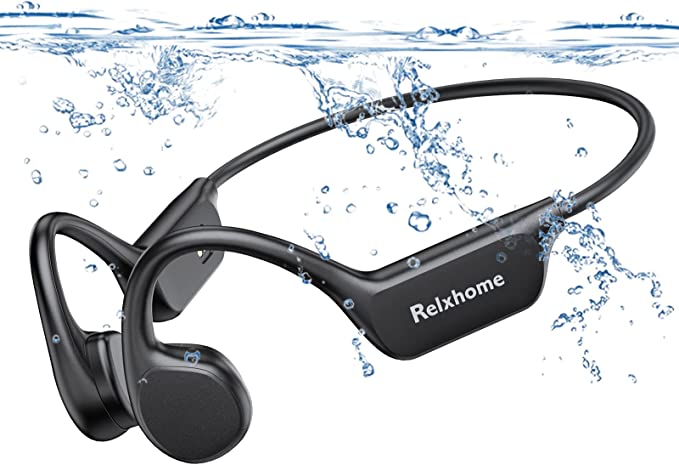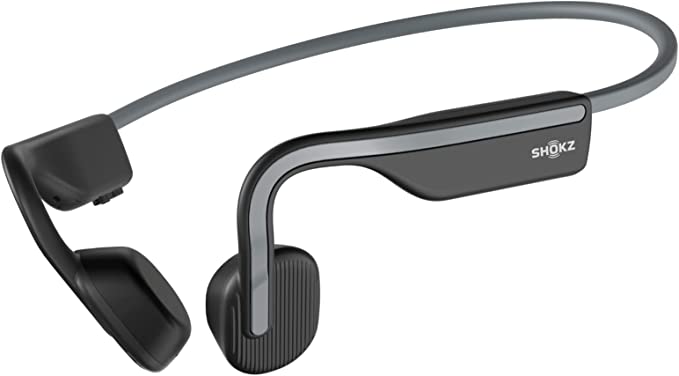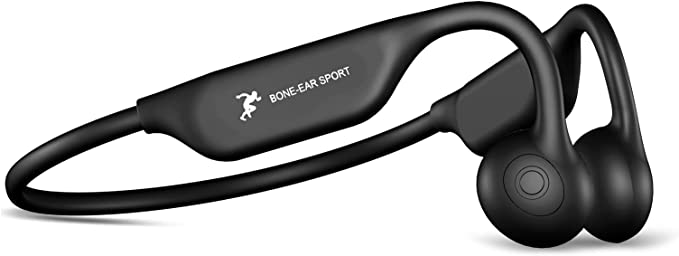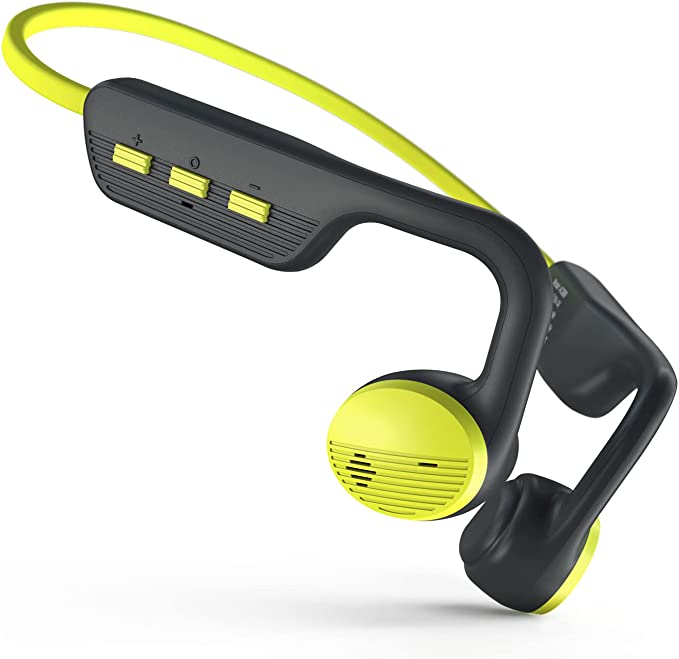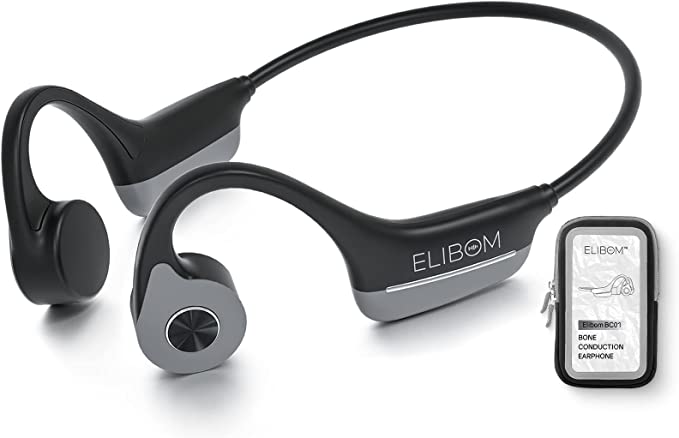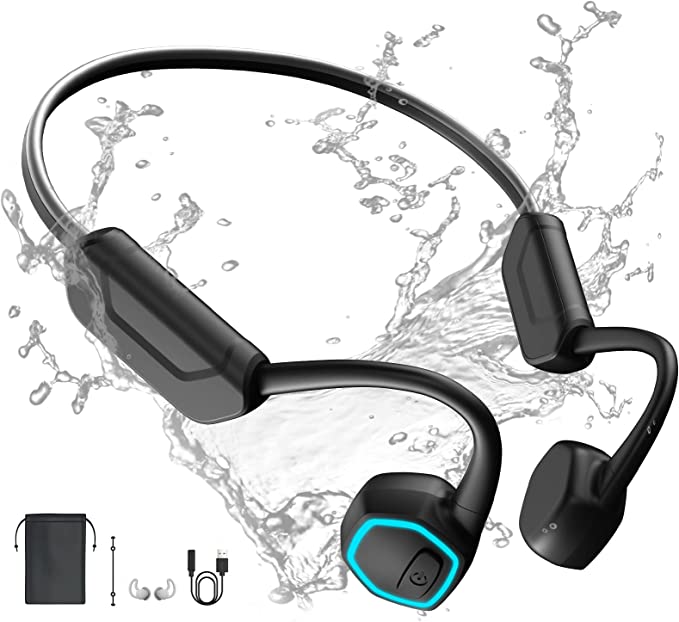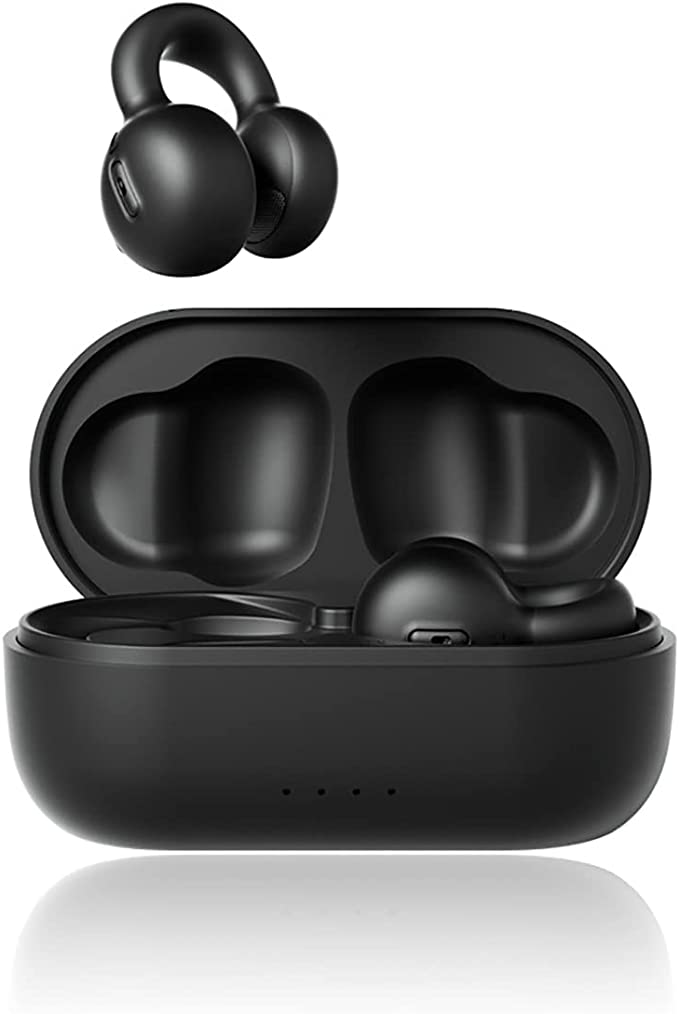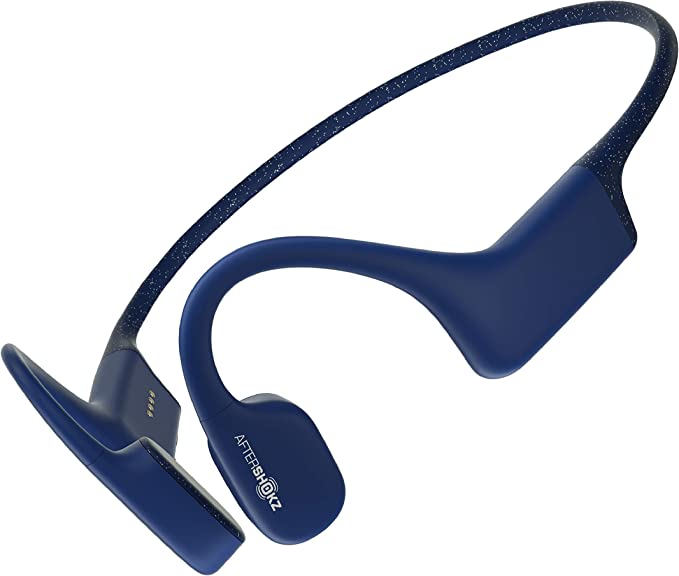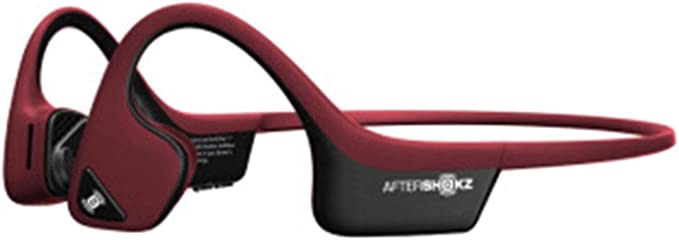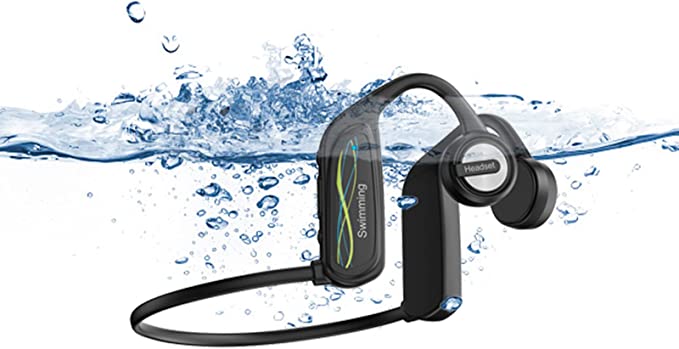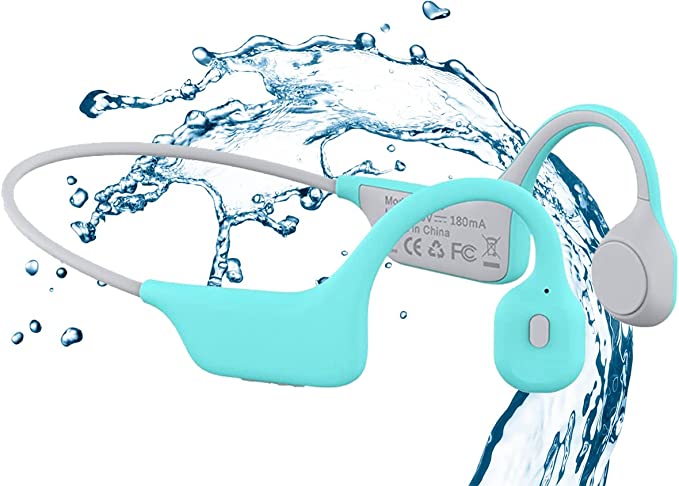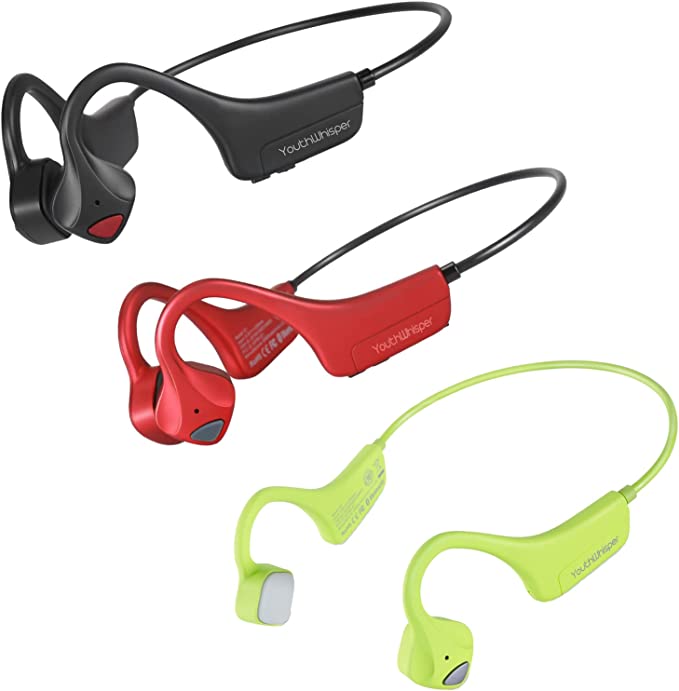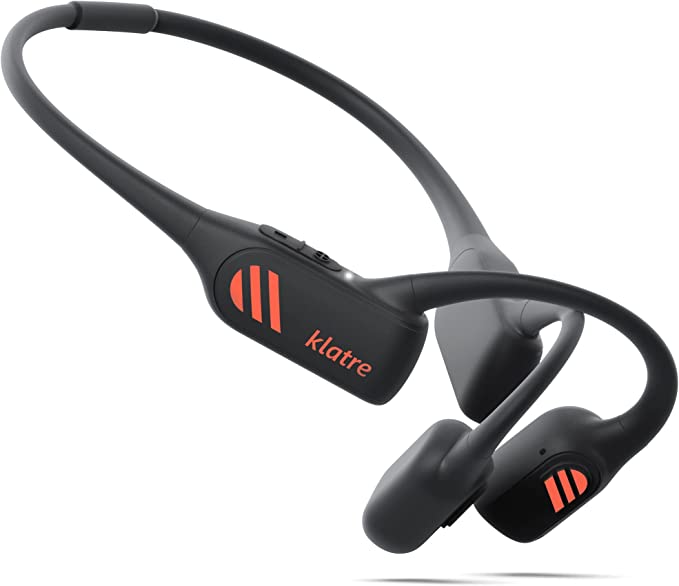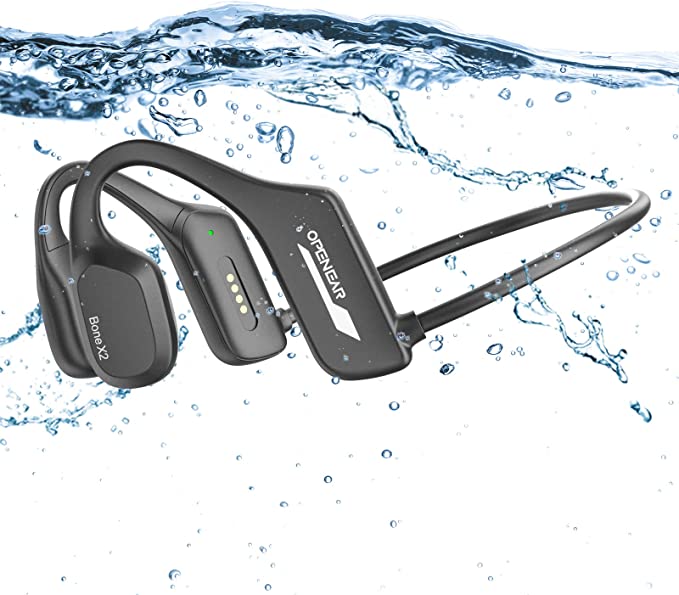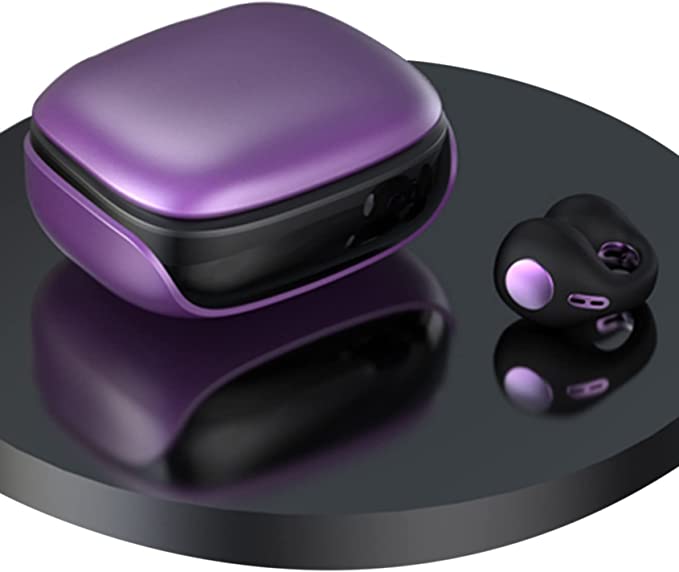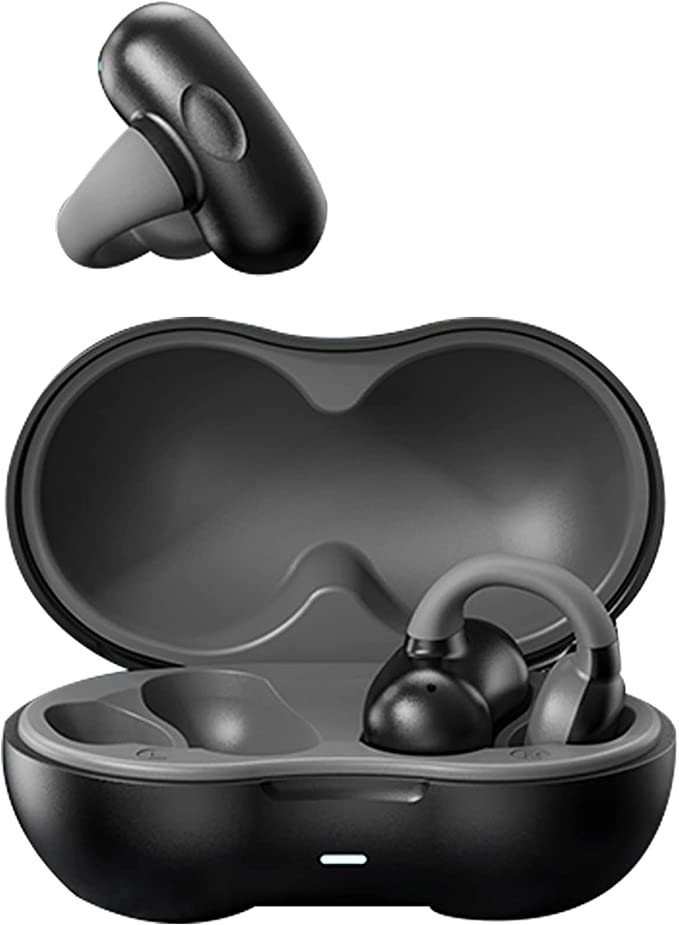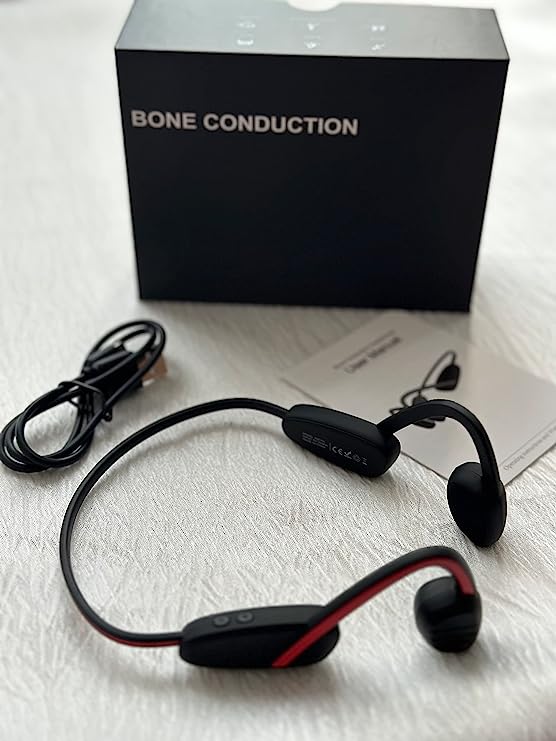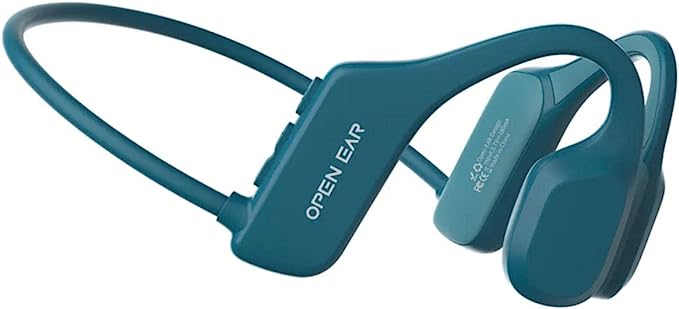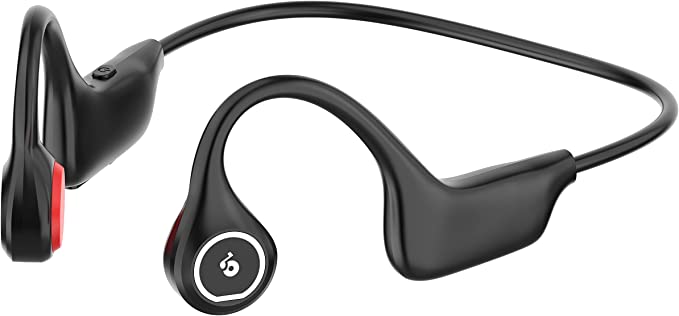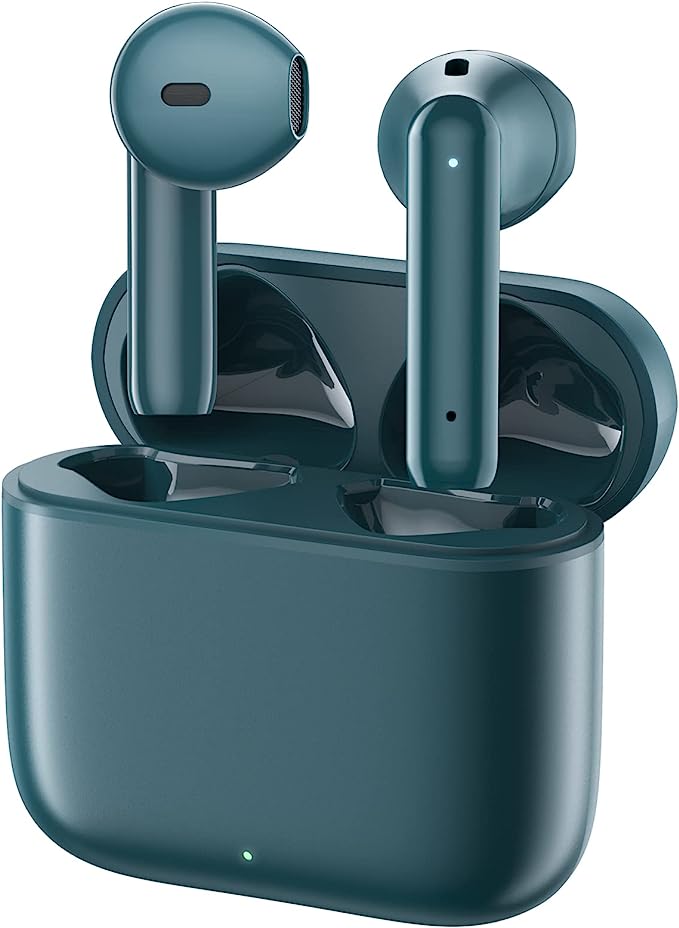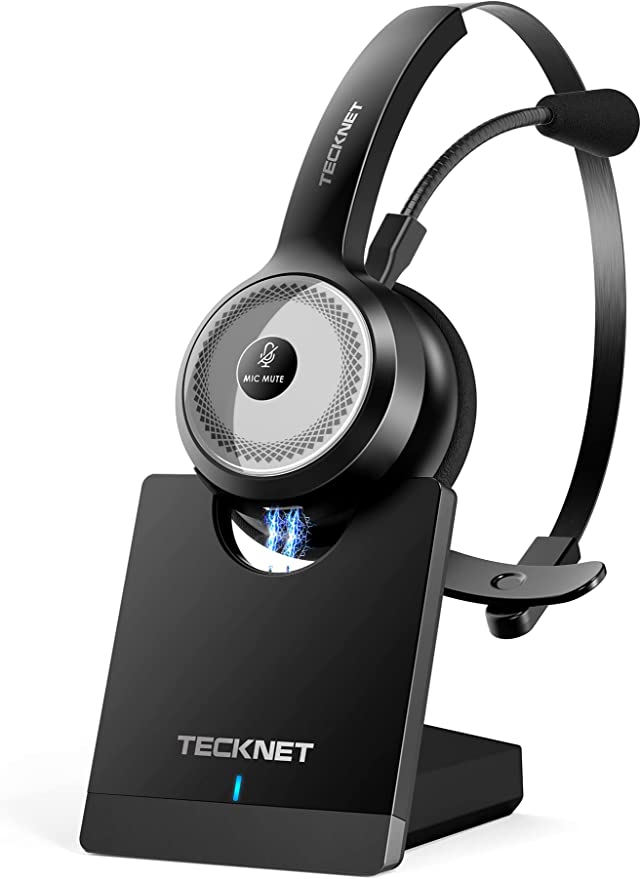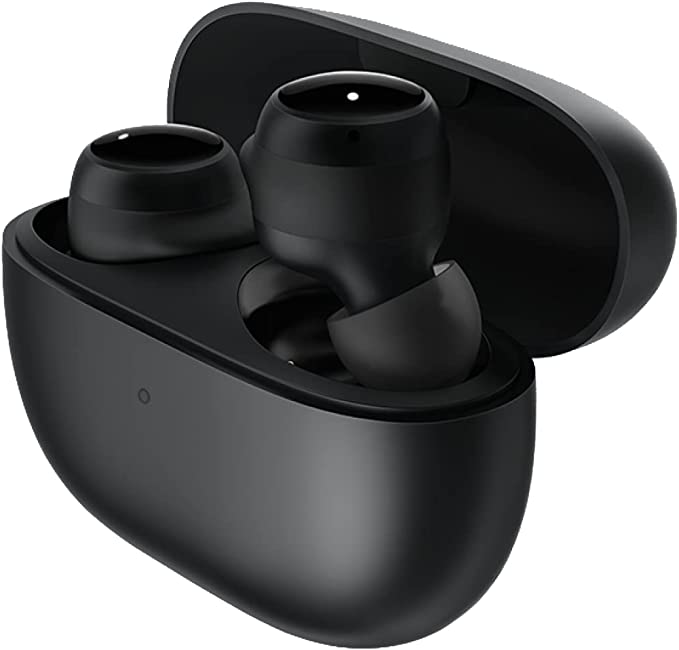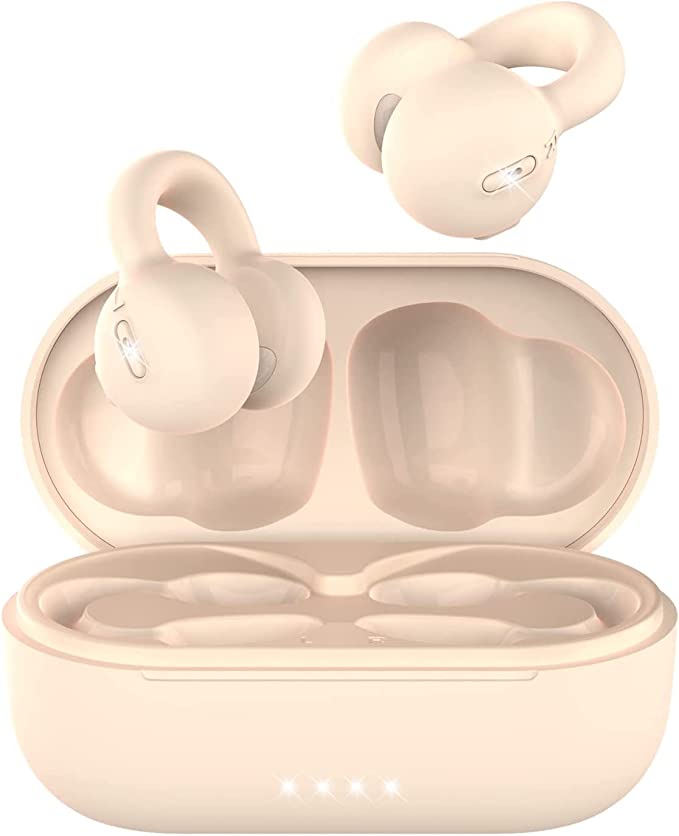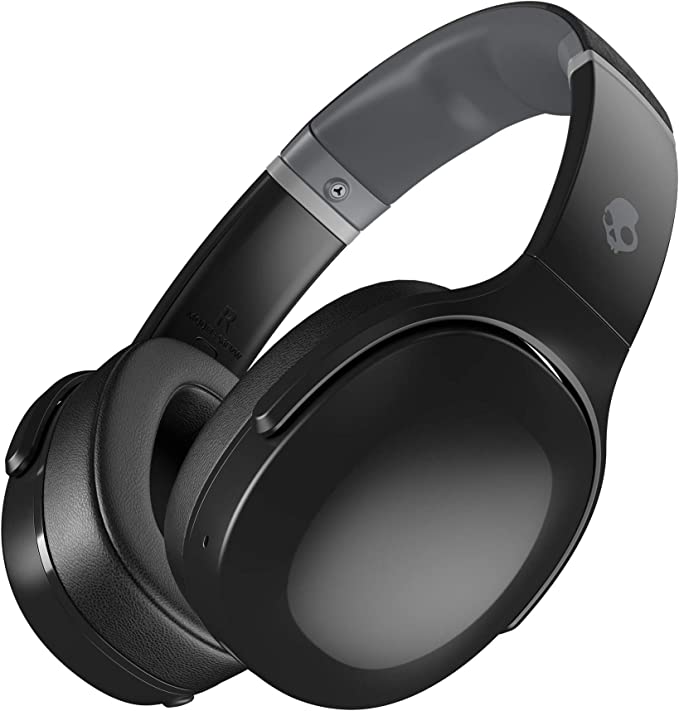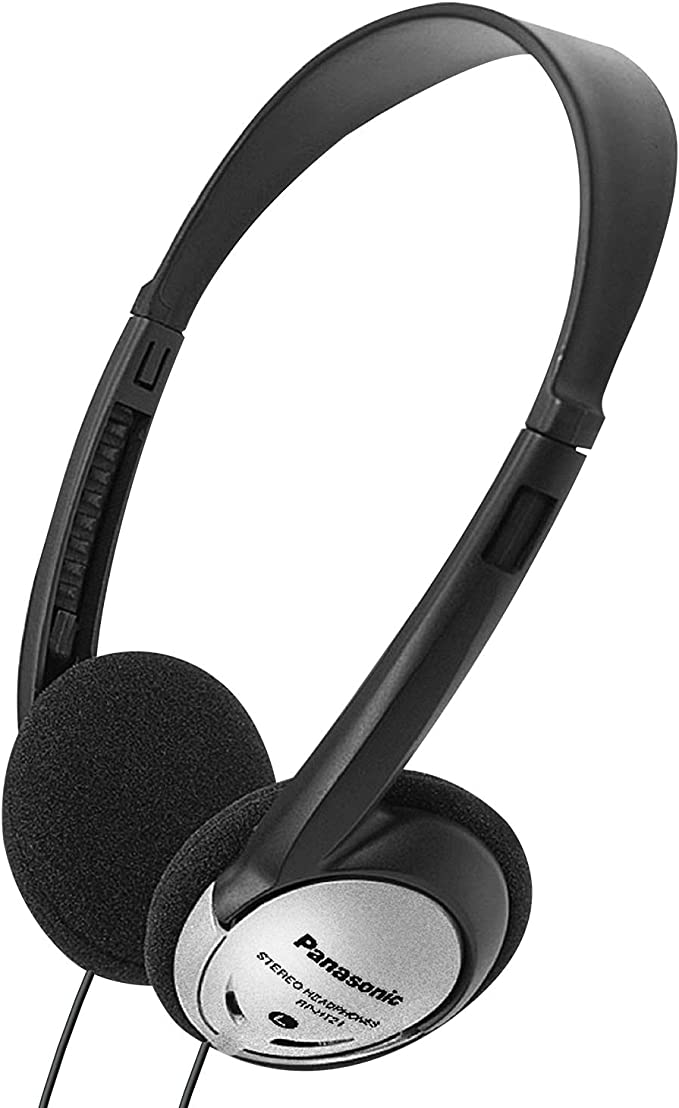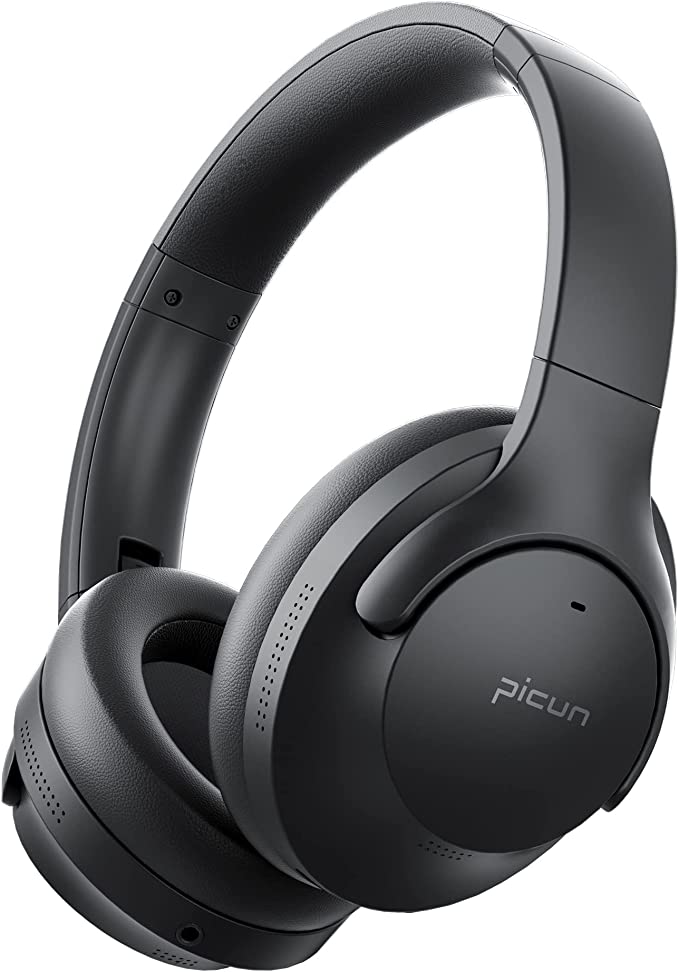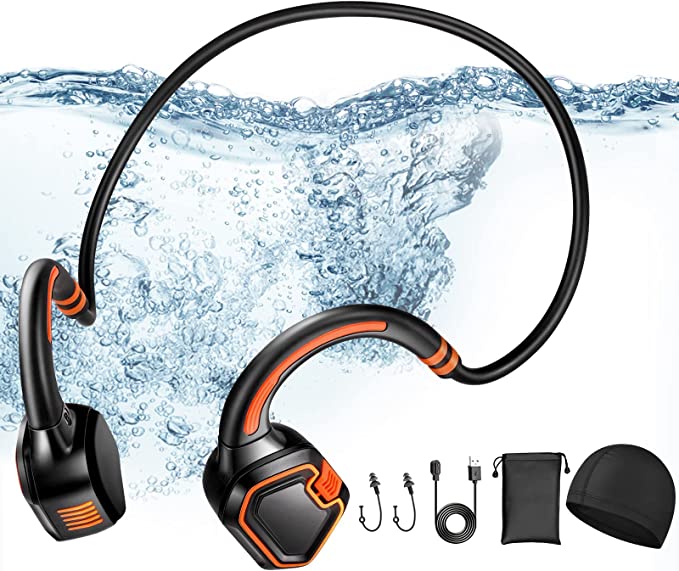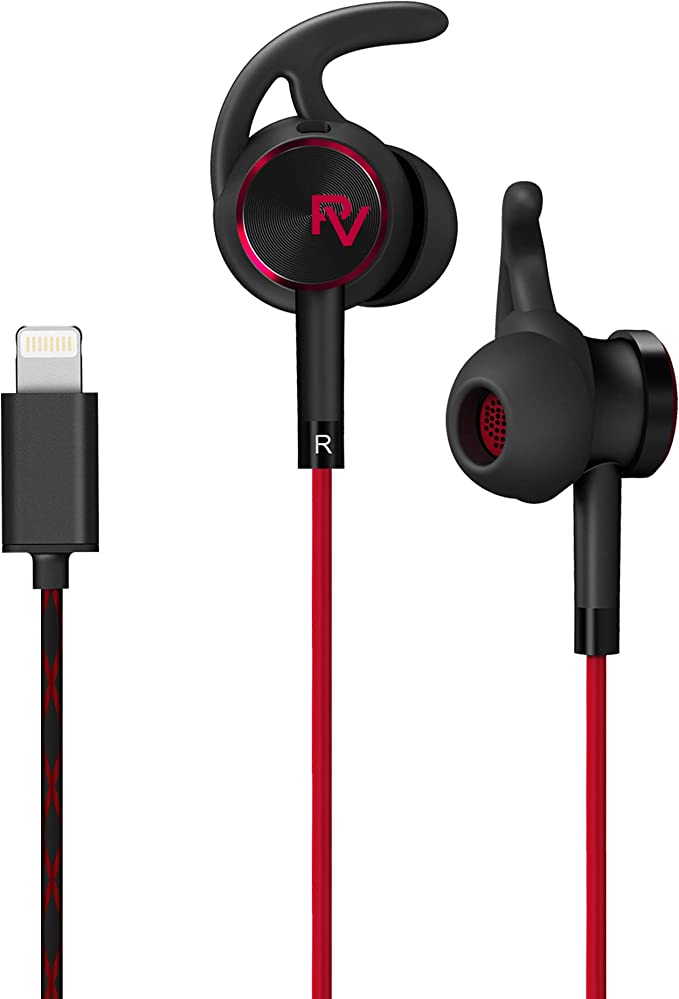Shokz OpenRun (Aeropex) - Open-Ear Headphones for Safe and Comfortable Workouts
Update on March 21, 2025, 5:51 a.m.
For many, music is an essential part of an active lifestyle. Whether it’s pounding the pavement on a morning run, cycling through city streets, or hitting the gym for an intense workout, the right soundtrack can provide motivation and rhythm. But traditional headphones often present a dilemma: they can isolate you from your surroundings, creating a safety hazard, or they can be uncomfortable and prone to falling out during vigorous movement. Enter bone conduction technology, and specifically, the Shokz OpenRun (formerly known as the Aftershokz Aeropex) headphones. These headphones offer a unique solution that allows you to enjoy your audio while staying connected to the world around you.

Hearing Differently: How Bone Conduction Works
To understand the magic of the Shokz OpenRun, we first need to understand how we hear. Typically, sound travels through the air as waves. These waves enter our ear canal and vibrate our eardrum. The eardrum, in turn, vibrates three tiny bones in the middle ear (the malleus, incus, and stapes), which transmit these vibrations to the cochlea, a fluid-filled, snail-shaped structure in the inner ear. Hair cells within the cochlea convert these vibrations into electrical signals that our brain interprets as sound. This is air conduction, the most common way we experience sound.

Bone conduction, however, takes a different route. Instead of relying on the eardrum, bone conduction headphones transmit sound vibrations directly through the bones of the skull, primarily the cheekbones (zygomatic bones) and the temporal bones, directly to the cochlea. Think of it like this: if you’ve ever heard a recording of your own voice and thought it sounded different than you expected, that’s partly because you’re used to hearing your voice through a combination of air and bone conduction. The vibrations of your vocal cords travel through your skull as well as through the air.
The Science of Sound: A Closer Look
Sound, at its core, is simply vibration. These vibrations have different frequencies, measured in Hertz (Hz). A higher frequency corresponds to a higher-pitched sound, and a lower frequency corresponds to a lower-pitched sound. The human ear can typically hear frequencies ranging from 20 Hz to 20,000 Hz.
The bones of our skull are surprisingly good at transmitting these vibrations. While they might not transmit all frequencies equally well (bone conduction tends to be less effective at transmitting very high frequencies compared to air conduction), they are remarkably efficient at delivering sound directly to the inner ear. The Shokz OpenRun takes advantage of this natural ability.

Shokz OpenRun: Unleashing the Power of Open-Ear Listening
The Shokz OpenRun is designed to capitalize on the benefits of bone conduction. These lightweight, wireless headphones sit comfortably outside your ear, resting on your cheekbones just in front of your ears. This open-ear design is the key to their unique functionality, addressing the common problems associated with traditional headphones during physical activity.
Feature Focus: Safety First
Perhaps the most significant advantage of the OpenRun is the enhanced situational awareness it provides. Because your ears remain completely open, you can hear ambient sounds – traffic, approaching cyclists, conversations, warning signals – while still enjoying your music or podcast. This is crucial for safety, especially for runners and cyclists who share the road with vehicles. Traditional earbuds or over-ear headphones, by blocking or muffling external sounds, can create a dangerous disconnect from the environment.
Feature Focus: Comfort and Fit
Comfort is paramount, especially during long workouts. The OpenRun’s lightweight design (just 26 grams) and ergonomic shape ensure a comfortable and secure fit. The headphones are made with a flexible titanium frame that wraps around the back of the head, providing stability without excessive pressure. The soft silicone coating on the transducers (the parts that rest on your cheekbones) ensures a gentle and comfortable contact point. Unlike earbuds that can cause pressure and discomfort in the ear canal, or over-ear headphones that can feel bulky and hot, the OpenRun allows for hours of listening without fatigue.

Feature Focus: Built to Endure
The OpenRun is designed to withstand the rigors of an active lifestyle. It boasts an IP67 waterproof rating. This means it’s completely protected from dust and can withstand immersion in up to one meter of water for 30 minutes. While it’s not designed for swimming (Shokz offers other models specifically for that purpose), the IP67 rating provides peace of mind during sweaty workouts or unexpected rain showers. You can push your limits without worrying about damaging your headphones. The “IP” in IP67 stands for “Ingress Protection,” and the numbers indicate the level of protection against solids (first digit) and liquids (second digit). A “6” for solids means it’s completely dust-tight, and a “7” for liquids means it can handle immersion, as described above.
Feature Focus: Sound Quality and Leakage
One common concern with bone conduction headphones is sound quality. Because the sound bypasses the eardrum, it can sometimes lack the bass response and overall richness of traditional headphones. However, Shokz has made significant strides in improving the audio experience. The OpenRun utilizes, what we can assume to be, a version of their PremiumPitch™ technology (likely 2.0+ or a similar iteration – official confirmation would be needed for absolute certainty), which is designed to optimize the vibrations delivered to the cheekbones, resulting in a clearer and more balanced sound.
Another concern is sound leakage – the possibility of others nearby hearing your audio. While some leakage is inevitable with open-ear headphones, the OpenRun is engineered to minimize it. The design of the transducers and the way they are positioned on the cheekbones helps to direct the sound towards the inner ear, reducing the amount of sound that escapes into the surrounding environment. At moderate volumes, sound leakage is generally minimal, especially in outdoor settings.
Feature Focus: Crystal-Clear Calls
The OpenRun isn’t just for listening to music; it also excels at handling phone calls. It features dual noise-canceling microphones that effectively filter out background noise, ensuring that your voice is clear and understandable to the person on the other end of the line. This is particularly useful for taking calls while on the go, whether you’re running, cycling, or simply walking down a busy street. The microphones work by identifying and suppressing ambient sounds, such as wind noise or traffic, while focusing on your voice.
Beyond Exercise: Other Uses for OpenRun
While the OpenRun is primarily marketed as a sports headphone, its benefits extend beyond the realm of fitness. Its open-ear design makes it a great option for office workers who want to listen to music or podcasts while still being able to hear colleagues and participate in conversations. It can also be a valuable tool for individuals with certain types of hearing sensitivities who find traditional headphones uncomfortable or irritating. Because the ear canal remains open, it can be a more comfortable option for those who experience discomfort with in-ear pressure or occlusion.
A Brief History of Bone Conduction
The concept of bone conduction is far from new. In fact, it has been used in hearing aids for decades. Early hearing aids often utilized bone conduction to bypass damaged parts of the outer or middle ear, delivering sound vibrations directly to the inner ear. Beethoven, the famous composer who experienced significant hearing loss, is even said to have used a rudimentary form of bone conduction by biting down on a rod connected to his piano, allowing him to “hear” the vibrations through his jawbone. The technology has evolved considerably since then, becoming smaller, more efficient, and more refined, eventually making its way into consumer electronics like the Shokz OpenRun.

The Future of Bone Conduction
Bone conduction technology continues to evolve. Future advancements are likely to focus on further improving sound quality, reducing sound leakage even further, and potentially integrating additional features, such as smart sensors or biometric tracking. The potential applications extend beyond headphones, with possibilities in augmented reality, virtual reality, and even military communication systems, where situational awareness is paramount. Imagine firefighters being able to receive critical information via bone conduction while still hearing the sounds of their environment, or surgeons using bone conduction headsets to communicate during complex procedures.
Conclusion: The Open-Ear Advantage
The Shokz OpenRun represents a significant advancement in headphone technology. It offers a unique combination of safety, comfort, and functionality that is ideally suited for active individuals. By allowing you to enjoy your audio while staying connected to your surroundings, the OpenRun enhances not only your workout experience but also your overall awareness and safety. It’s a testament to how innovative technology can improve our lives in unexpected and beneficial ways. The OpenRun isn’t just about listening to music; it’s about experiencing sound in a new and more integrated way with the world around us. The open-ear advantage is clear: it’s about staying connected, staying safe, and enjoying your audio, all at the same time.
